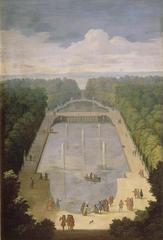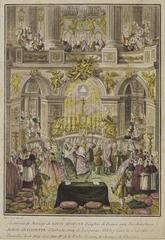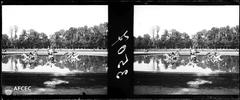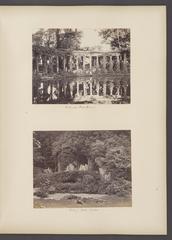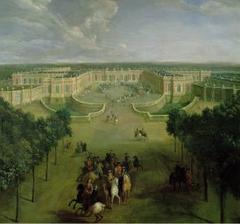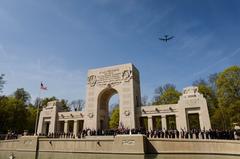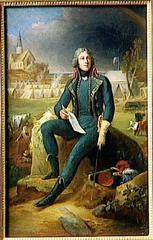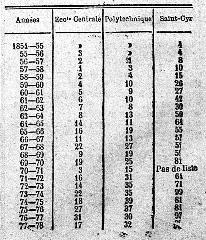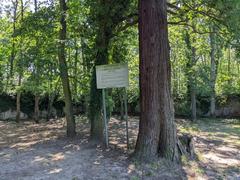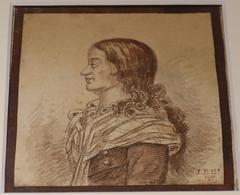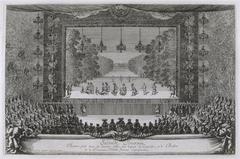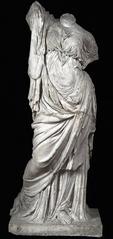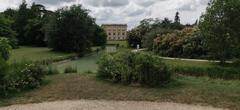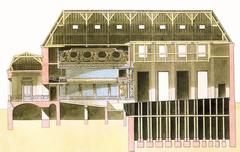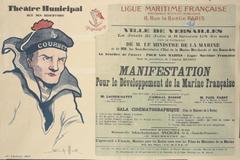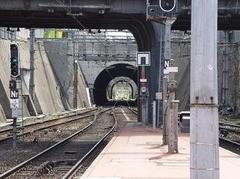Temple De L’Eglise Reformee De France De Versailles: Visiting Hours, Tickets, and Historical Significance
Date: 04/07/2025
Introduction
Nestled in the historic heart of Versailles, the Temple de l’Église Réformée de France de Versailles stands as a profound symbol of Protestant heritage and cultural vitality in France. This guide delivers a detailed overview of the temple’s historical significance, architectural highlights, practical visitor information—including visiting hours and ticketing—and insights into its role in both local spiritual life and the broader community. Whether you’re a history enthusiast, spiritual seeker, or traveler exploring Versailles, this article equips you with everything needed for an enriching visit.
For further reading, refer to: Musée Protestant, Versailles Tourism Official Site, and Wikipedia.
Table of Contents
- Introduction
- Historical Background
- Architectural Features and Style
- Cultural Significance
- Visitor Information
- Practical Visitor Insights
- Frequently Asked Questions (FAQ)
- Visuals and Media
- Summary & Visitor Tips
- References & Further Reading
Historical Background
Protestantism in France and Versailles
The origins of the Temple de l’Église Réformée de France de Versailles are rooted in the widespread impact of the 16th-century Reformation, most notably through the influence of Jean Calvin. Despite severe royal repression, the Reformed Church established its first synod in 1559, structuring itself around democratic principles (Musée Protestant). The subsequent centuries were marked by intense conflict, including the French Wars of Religion, the Edict of Nantes (1598), and its revocation in 1685, which led to renewed persecution and clandestine worship (FranceArchives).
Versailles, as a royal and predominantly Catholic stronghold, offered little space for Protestantism until the late 18th century. With the secularization of church property during the French Revolution, former Catholic spaces were repurposed, eventually allowing Protestant worship. The temple’s congregation was officially recognized in 1828, marking a milestone in local religious tolerance (Wikipedia).
Construction of the Present Temple
The current temple building was constructed between 1880 and 1882. Its sober neo-Gothic façade, adorned with an open Bible, symbolizes the centrality of scripture in Reformed worship. The famed organ, crafted by Eugène and John Abbey, was installed in 1888 and is still used for services and concerts (Wikipedia).
20th and 21st Century Developments
The temple weathered the turmoil of two world wars and grew as a center for Protestant community life. In 2013, the congregation joined the Église Protestante Unie de France, reflecting a broader movement towards Protestant unity in France (Musée Protestant).
Architectural Features and Style
Exterior
The temple’s façade is characterized by restrained neo-Gothic lines, pointed arches, and modest decorative elements that reflect the values of Reformed Protestantism—simplicity and a focus on function (Versailles Tourisme). The limestone exterior harmonizes with the historic cityscape. A rose window above the entrance and the open Bible motif further emphasize its religious identity.
Interior
Inside, the layout prioritizes clarity and congregational participation. The single nave leads to a prominent pulpit and communion table. Stained glass windows are understated, often inscribed with biblical texts rather than images of saints. The historic organ is central to both worship and cultural events (Protestantisme à Versailles).
Restoration and Preservation
Ongoing restoration efforts have preserved the original woodwork, stained glass, and stonework, while accessibility upgrades have been made to welcome all visitors (Monuments Historiques).
Cultural Significance
The temple is not only a house of worship but also a center for community engagement, education, and the arts. It serves as a venue for concerts, public lectures, and interfaith events, embodying the Reformed tradition’s emphasis on social justice and education (Musée Protestant). The understated architecture reflects an identity rooted in scripture and communal worship.
Visitor Information
Visiting Hours
- Sunday Services: Typically held at 10:30 AM.
- Guided Tours & Cultural Events: Available by appointment and during special events; hours may vary seasonally. Always check the Versailles Tourisme or church’s official website for up-to-date information.
Tickets & Entry
- Admission: Free for worship services.
- Tours/Special Events: May require advance booking and a small fee, particularly for concerts or during European Heritage Days.
Accessibility
- Wheelchair Access: Ramps and accessible restrooms are available.
- Assistance: Contact the temple in advance for special arrangements.
Location & Directions
- 10-minute walk from Versailles Château Rive Gauche station.
- Close to the Palace of Versailles, Notre-Dame Market, and other major attractions.
- Limited parking nearby; public transport is recommended during peak periods.
Practical Visitor Insights
- Dress Modestly: Especially for services.
- Photography: Permitted outside of services; restrictions apply during worship.
- Language: Tours primarily in French; English available on request with advance notice.
- Combine Visits: The temple’s central location makes it easy to integrate into a broader Versailles itinerary.
- Accessibility: Contact the temple in advance for mobility support.
Frequently Asked Questions (FAQ)
Q: What are the temple’s visiting hours?
A: Open during Sunday services at 10:30 AM and for scheduled tours/events. Verify current times on official sites.
Q: Is there an entry fee?
A: No, entry is free; donations are appreciated.
Q: Are guided tours available in English?
A: Yes, if arranged in advance.
Q: Is the temple accessible for visitors with reduced mobility?
A: Yes, with ramps and accessible facilities.
Q: Can I take photographs?
A: Yes, except during services.
Q: What else is nearby?
A: The Palace of Versailles, Versailles Cathedral, Potager du Roi, and city markets.
Visuals and Media
Explore the temple’s features through virtual tours and galleries on official tourism platforms. Notable photo opportunities include:
- The neo-Gothic façade with the open Bible
- Stained glass windows and interior woodwork
- The historic organ
[Insert images with alt tags: “Temple De L’Église Réformée De France De Versailles façade”, “Interior stained glass windows of the temple”, “Historic organ and woodwork”]
Summary & Visitor Tips
The Temple de l’Église Réformée de France de Versailles is a living testament to Protestant resilience in France. Its history, architecture, and ongoing cultural relevance make it a must-visit for those interested in religious heritage and the broader story of Versailles. With free admission, central location, and regular cultural programming, it offers an accessible and enriching experience for all visitors.
For up-to-date details, check the Versailles Tourism website and the church’s official site.
References & Further Reading
- Musée Protestant
- Versailles Tourism Official Site
- Wikipedia - Temple protestant de Versailles
- Église Protestante Unie de Versailles
- Monuments Historiques
- EPUV Historical Overview
